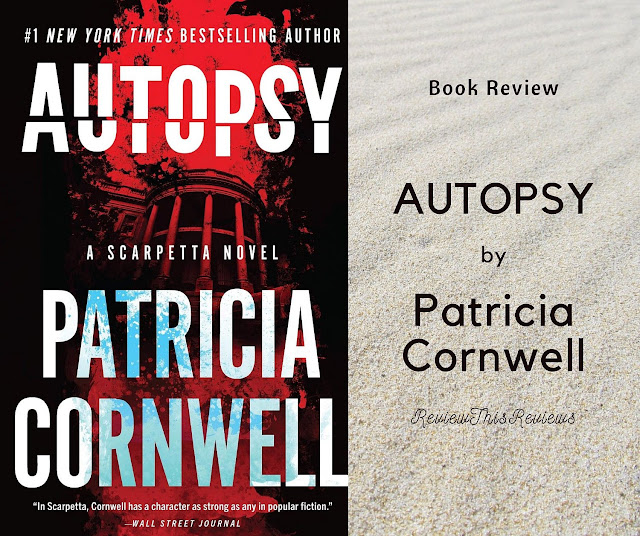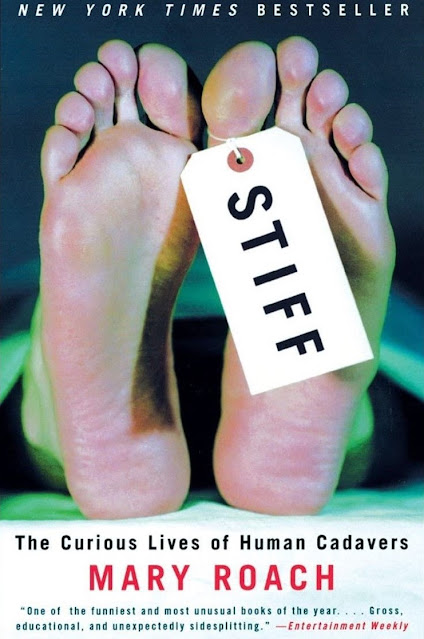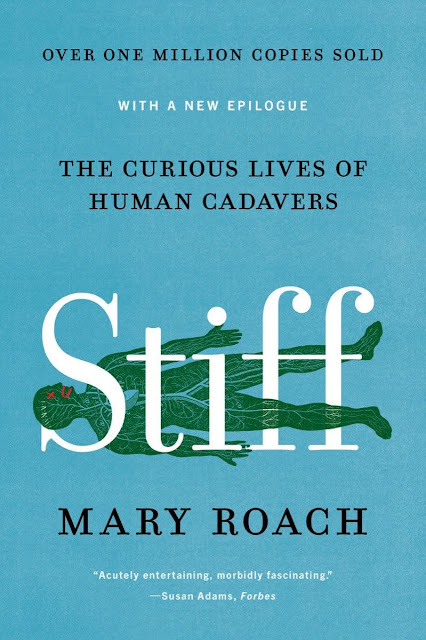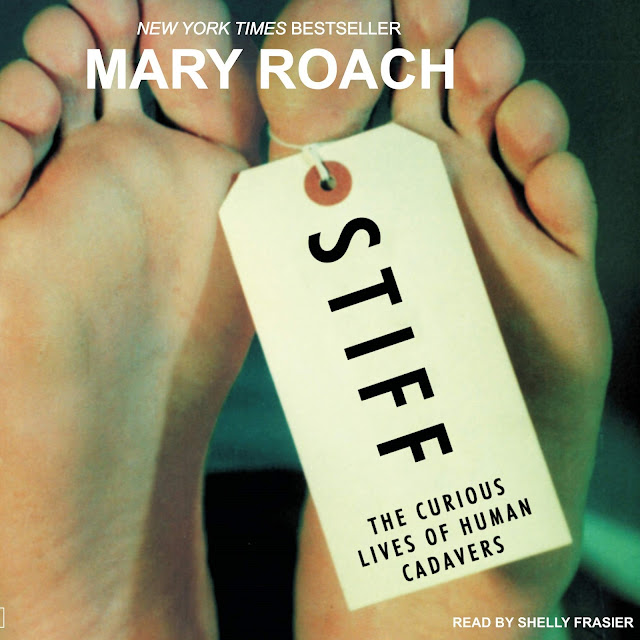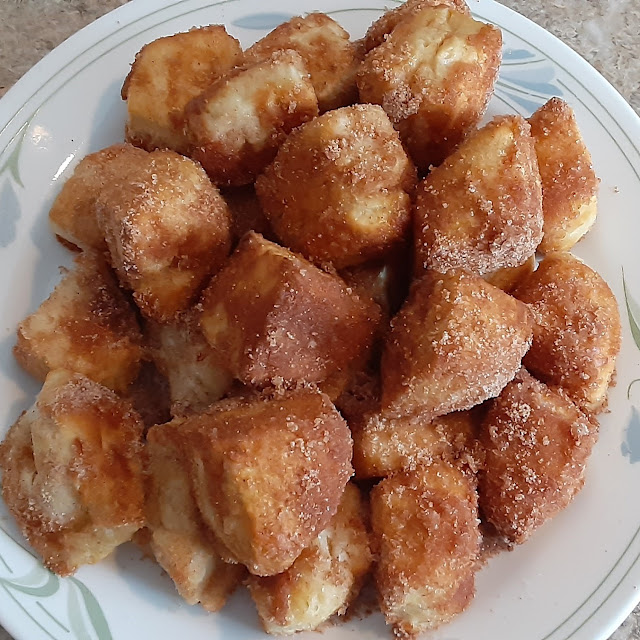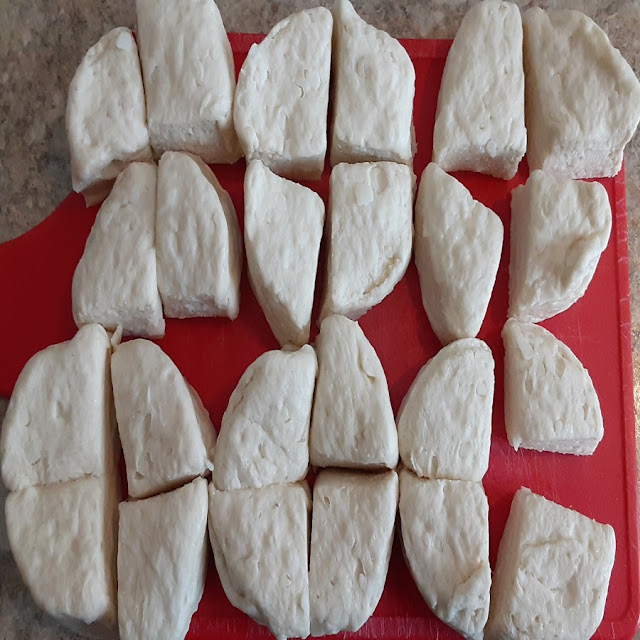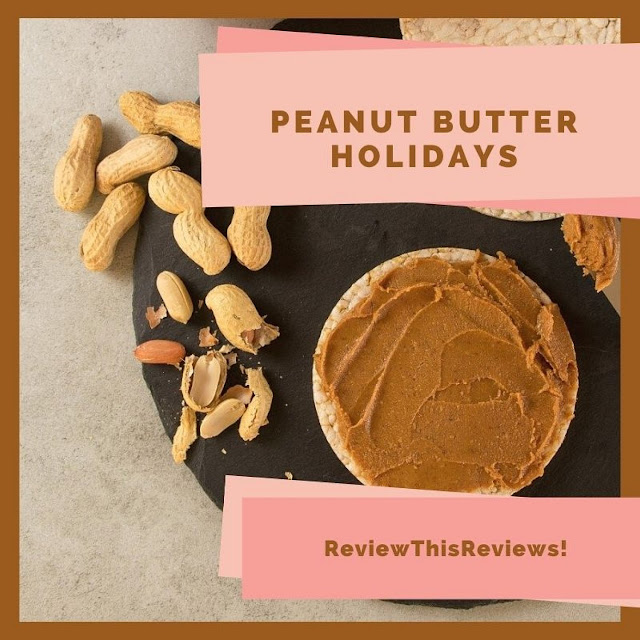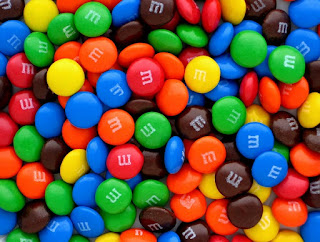People who know me, know that I am interested in learning more about maintaining my land in a way that is helpful to wildlife and this includes educating myself about invasive species and how they harm my land. That is why when I received Bringing Nature Home: How You Can Sustain Wildlife with Native Plants as a goodbye gift when I moved, I was thrilled. This book hits the mark in so many ways.
Bringing Nature Home: How You Can Sustain Wildlife with Native Plants written by Douglas W. Tallamy
My copy of Bringing Nature Home: How You Can Sustain Wildlife with Native Plants is a 15th printing and was updated and expanded in 2009. The first edition was published in 2007. Why had I not previously known about this important book?!
"Bringing Nature Home is a book many of us have been waiting for. So much more than a push for native plants, it articulates the broad interdependency of living relationships and literally redefines gardens as the new Nature" - Foreword by Rick Dark.
It is the attention to detail related to how everything is interdependent and the ability of the author to describe everything in a helpful way for us regular folks that makes this book so beautiful. For example, by now many of us know that the Monarch Butterfly is dependent on the milkweed for survival. So many of us, myself included, either plant milkweed plants or help disperse and plant the seeds from the milkweed pods in areas where the plant is present. However, what I only learned through this book is that butterflies need both a "host" plant and a "nectar" plant. One plant for reproducing and one plant for feeding. Fortunately, the milkweed does both for Monarch Butterflies. However, people like me mistakenly believe that popular plants, such as the Butterfly Bush, is another must-have plant for sustaining butterflies. Unfortunately, we sometimes choose the wrong type (or combination) of plants and do more harm than good.
"When designing a butterfly garden, you need two types of plants . . . Most people only focus on the plants that produce nectar. Even worse, they often turn to alien plants that are promoted as being good for butterflies, the most popular of which, hands down, is the butterfly bush (Buddleja species). . . . but not one species of butterfly in North America can use buddleias as larval host plants."
Well, who knew? I sure didn't! I am thankful to have this knowledge now. I may still plant Buddleias on my land but cautiously and with a focus on ensuring that I have plenty of other nectar AND host plants in order to provide a complete habitat. According to the author, when we do not provide this complete habitat, we sometimes do more damage than good. And in this example, end up with a lower butterfly population.
While chapter one is "Restoring Natives to Suburbia: A Call to Action" and chapter two is "The Vital New Role of the Suburban Garden" the information contained in this book is relevant to all sizes of lots and land. Even my rugged ridge-top acreage in West Virginia. In fact, this book includes information about 2 trees I am interested in that others sometimes have never heard of: Paw Paw and American Chestnut. This book also mentions many of the alien (non-native) species I am dealing with on my land: Autumn Olive and Mile-a-minute to name just two. Interestingly enough, Autumn Olive was planted as a way to assist birds. In the long run, it became an invasive plant that - like some butterfly plants - provides some food but no other habitat (host) value.
Mr. Tallamy does a most excellent job of teaching the reader about the importance of native plants. And how those native plants support birds, butterflies, and the environment as a whole. He doesn't avoid the tough questions about non-native plants, rather he includes an entire chapter of "Answers to Tough Questions".
If you have any desire to learn about landscaping and providing a yard that better sustains wildlife, this book is absolutely the place to begin.
My Personal Stance Regarding My Responsibility to the Natural World Around Me
I am a bit sad that I had not heard of this book until it was gifted to me at the end of last year but am thrilled that I have it now. Truthfully, I have not read the entire book cover-to-cover. It is so packed full of information that I have read certain sections, and have returned to read those sections again (i.e. the section about Milkweeds and Monarchs and the section about American Chestnuts). This will be a reference book that I refer to again and again over time. Especially Appendix One, "Native Plants with Wildlife Value and Desirable Landscaping Attributes by Region" and Appendix Two, "Host Plants of Butterflies and Showy Moths".
I have a strong desire to be a good steward of my land and to provide a helpful habitat to the birds, butterflies, and wildlife in the area - while eventually having a place that is as useful to humans (i.e. homesteading with a garden and chickens). I also have a strong desire to leave the world - not just my land - a better place than I found it.
To be completely honest, I feel there is far too much lip-service given to environmental issues and very little real action. The phenomenon of the most vocal environmentalists physically doing little to help the environment (while often making personal decisions that are harmful) astounds me. I could list the things that irk me related to this topic, but I'm not sure I am able to write it in a way that conveys my intent and that is ultimately productive. So I'll just say: if you are concerned about the environment, demonstrate that concern. Begin at home and in your community.
The first big step is education. Mr. Tallamy does an excellent job of educating and explaining. I don't feel that he is lecturing or berating, rather he is encouraging. He turns a world-wide problem into small bite-sized chunks.
The second step is for more of us to do something. I may only have 4 acres surrounded by hundreds of acres that aren't being cared for. But I can do something real on my little bit of land. Something that is meaningful.
I am not as articulate as Mr. Tallamy so I will end with an important question and answer from his book (edited for length - please read his entire answer if you are able):
Q: My house sits on an eighth of an acre. Is that enough land to make a difference if I use natives instead of aliens?
"Your small plot is connected to other plots, which are connected to others and others and others. Collectively, they are North America. Changing the plant base of all of suburbia is quite an undertaking, but all you have to worry about is your eighth of an acre."
"If we humans are capable of [ruining] hundreds of millions of acres . . .we are also capable of returning natives to our gardens"
Thank You
Finally, I am so thankful for the science teacher/co-worker/friend who gifted me this wonderful book. You demonstrate your concern for the earth (and students, and co-workers, and all who cross your path) on a daily basis. You are a wonderful role model in so many ways. And you have enabled me to make more informed decisions on my land that will help sustain the wonderful wildlife of West Virginia.
Note: The author may receive a commission from purchases made using links found in this article. “As an Amazon Associate, Ebay (EPN), Esty (Awin), and/or Zazzle Affiliate, I (we) earn from qualifying purchases.”




